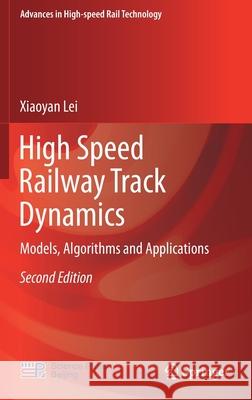High Speed Railway Track Dynamics: Models, Algorithms and Applications » książka
topmenu
High Speed Railway Track Dynamics: Models, Algorithms and Applications
ISBN-13: 9789811645921 / Angielski / Twarda / 2021 / 494 str.
High Speed Railway Track Dynamics: Models, Algorithms and Applications
ISBN-13: 9789811645921 / Angielski / Twarda / 2021 / 494 str.
cena 644,07
(netto: 613,40 VAT: 5%)
Najniższa cena z 30 dni: 616,85
(netto: 613,40 VAT: 5%)
Najniższa cena z 30 dni: 616,85
Termin realizacji zamówienia:
ok. 22 dni roboczych
Dostawa w 2026 r.
ok. 22 dni roboczych
Dostawa w 2026 r.
Darmowa dostawa!
Kategorie:
Kategorie BISAC:
Wydawca:
Springer
Seria wydawnicza:
Język:
Angielski
ISBN-13:
9789811645921
Rok wydania:
2021
Wydanie:
2022
Numer serii:
000803559
Ilość stron:
494
Oprawa:
Twarda
Wolumenów:
01
Dodatkowe informacje:
Wydanie ilustrowane











